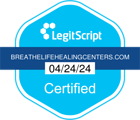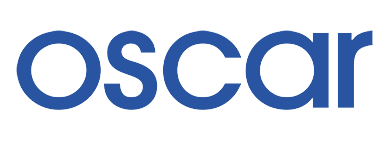Over the last 4 years, the so-called war on drugs has literally ground to a halt as more than 300 different “˜legal highs’ flood the U.S. border.
Legal highs are chemical compounds synthesized in labs that stimulate or depress the central nervous system the way that mimics banned substances such as pot, cocaine, meth and heroin.
Gone are the days when you had to travel to the wrong side of the tracks or face the danger of a drug deal. In the new world order, you can order these drugs online from the comfort of your own home. You can even get them in bulk.
Although the law currently prohibits the sale or possession of substances that mimic illegal drugs, there has to be proof that they are intended for human use. The people who create these drugs sidestep this problem by printing “not for human consumption” on each packet. Because of this, there is no dosing advice, which has led to hundreds of overdoses. Most of them are so strong that a dose resembling just a few grains of salt is enough to get the user extremely high.
As the government tries to “schedule” or ban these chemical compounds, manufacturers have discovered a loophole. “The chemical companies are altering the compound ever so slightly to avoid our laws here in the United States. Once they alter that chemical, it is no longer a controlled substance,” said John Scherbenske of the DEA.
This has led to what DEA and U.S. officials are calling “˜the whack-a-mole’ problem. As fast as one compound is made illegal, another one with as little as one molecule change, pops up in its place. “Legal highs appear to have arisen because of success in the enforcement on the supply side for (illegal drugs like) cocaine and ecstasy particularly,” Scherbenske says. “The demand remains and the entrepreneurs, whether they be criminal or legit, move in to exploit that demand.”














